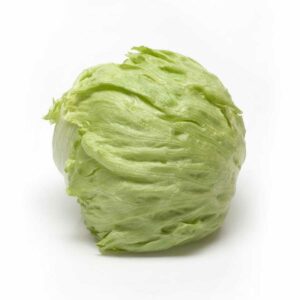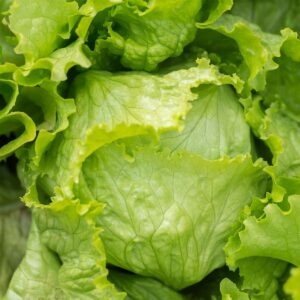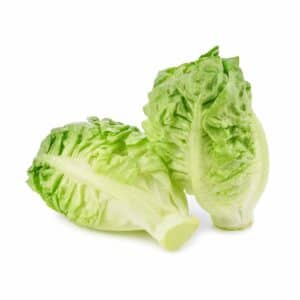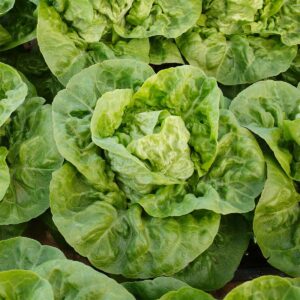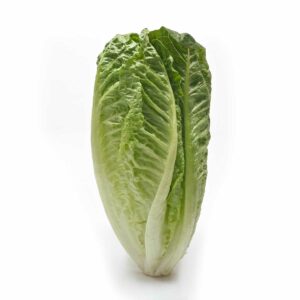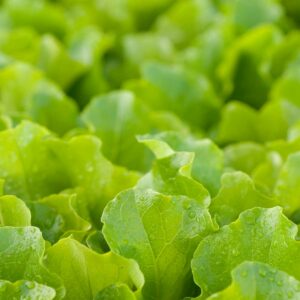Showing all 3 results
Lettuce, scientifically known as Lactuca sativa, is one of the green leafy vegetables most consumed and most demanded by lovers of a healthy diet. Lettuces are mainly prepared in salads, there are many types of lettuce, and all of them stand out for their mild, fresh flavour and their crunchy and satiating texture.
Lettuce is native to the Middle East, it is a very ancient vegetable, as there are records of its cultivation from 2000 years ago, with the Sumerians, Egyptians and Greeks being some of the most important civilisations that began to cultivate it. Nowadays it is cultivated all over the world and can be consumed all year round, because if it is not grown in open fields, greenhouses are used.
Types of lettuce
There are many types of lettuces, but Verdimed would like to highlight the following:
- Romaine lettuce: It is a kind of lettuce with a thick, fleshy centre, a crunchy texture and a certain bitter taste. The colour intensifies as the leaf develops, its leaves are long and it has a high nutritional value. It is used raw in salads (it is the basis of the original Caesar salad), or cooked in stews or in soups and creams.
- Iceberg lettuce: It is a round-shaped lettuce, but with very broad, concave and wrinkled leaves, with a light colour and crunchy texture. It is the most common type of lettuce, as it is easy to grow and obtain all year round, it keeps very well and has many vitamins and minerals, being the queen of salads.
- Little Gem Lettuce: This miniature lettuce variety is similar to its larger relative, romaine lettuce, but has a nutty-sweet taste and a thinner, crunchier stem. Little Gem has a pale green heart and a crunchy centre and a sweeter taste than common lettuce, Little Gem lettuce never develops a bitter taste.
The benefits of lettuce
Lettuces have numerous benefits for our health, they are very healthy and contain a number of nutrients that allow us to have a healthy and balanced diet. Lettuces are low in calories, but contain many vitamins, minerals, water and are rich in fibre. These properties make them rich, filling and antioxidant.
Each type of lettuce has different benefits and different amounts of minerals and nutrients. It should be noted that lettuces with darker lettuce leaves contain more vitamins A, K, E and higher amounts of antioxidants.
Their low-calorie content and high fibre content are ideal for weight loss. In addition, fibre is great for preventing cancer, cardiovascular and digestive diseases.
Its content of vitamins C and B boost the proper functioning of the central nervous system and metabolic activities, which also contributes to falling asleep and improving sleep.
How many calories does lettuce have?
Lettuce only provides us with 15 calories per 100 grams. This makes it a low-calorie vegetable, which helps us to maintain our ideal weight. Its high-water content helps our body to cleanse itself and lose fats and liquids, which are not beneficial for our body. It is a great ally to keep our body hydrated, improving the function of the kidneys and, at the same time, preventing us from suffering urine infections.
How to store lettuce?
The best way to keep lettuce in optimal eating condition is to store it in the fridge. For best preservation, we recommend washing the leaves with fresh tap water and storing them in the fridge for up to 10 days, you can use a plastic bag to put them in. If you keep them dry in the refrigerator, the leaves should last for about 10 days.

